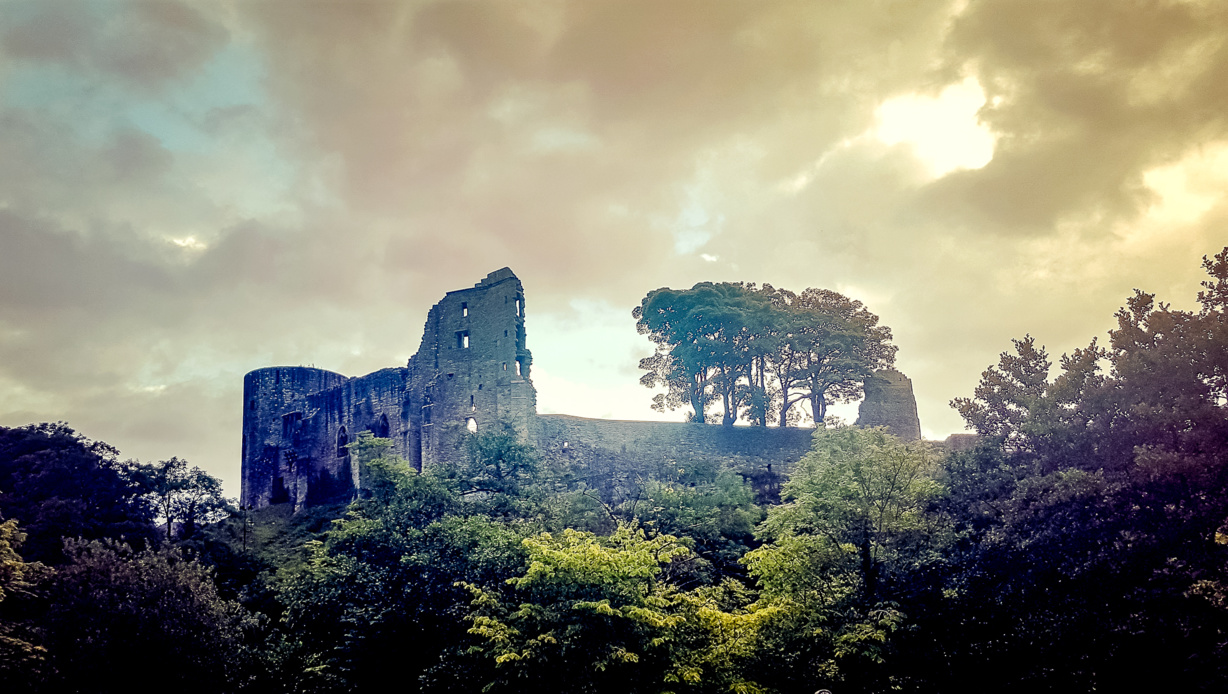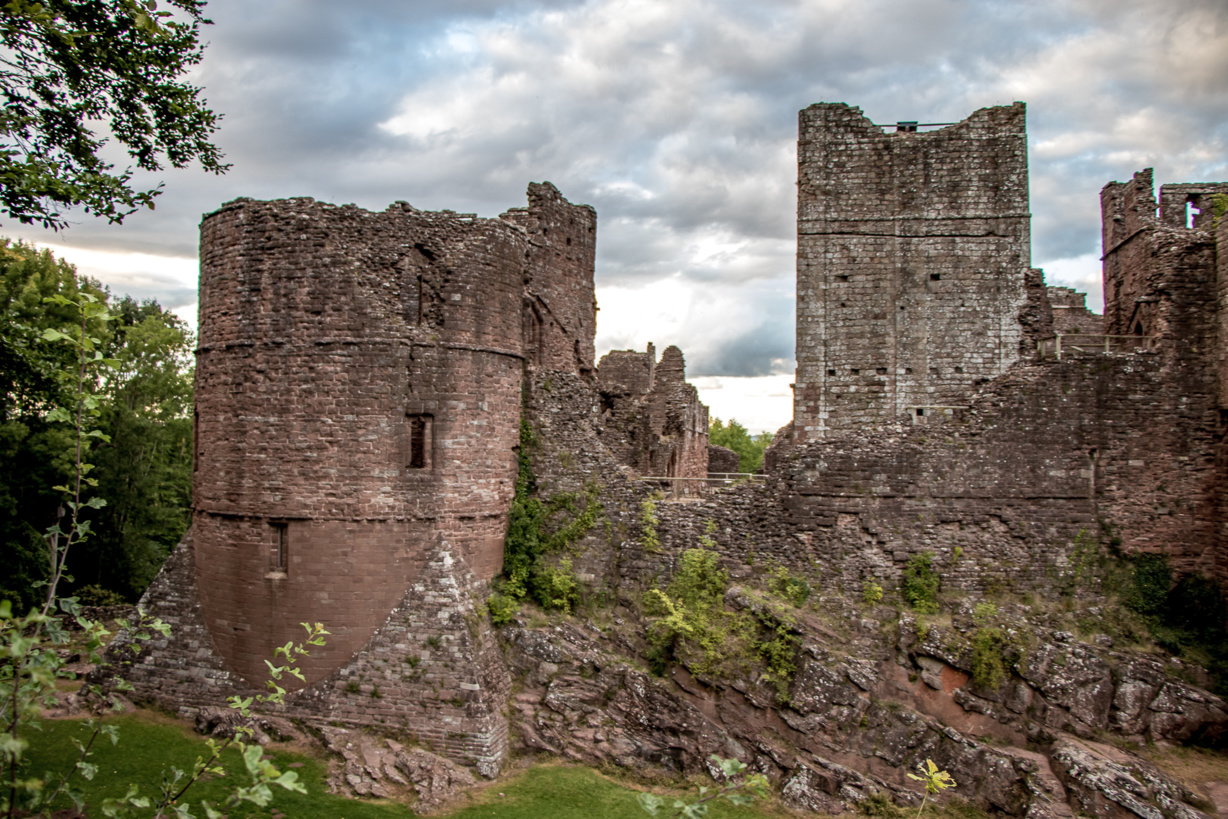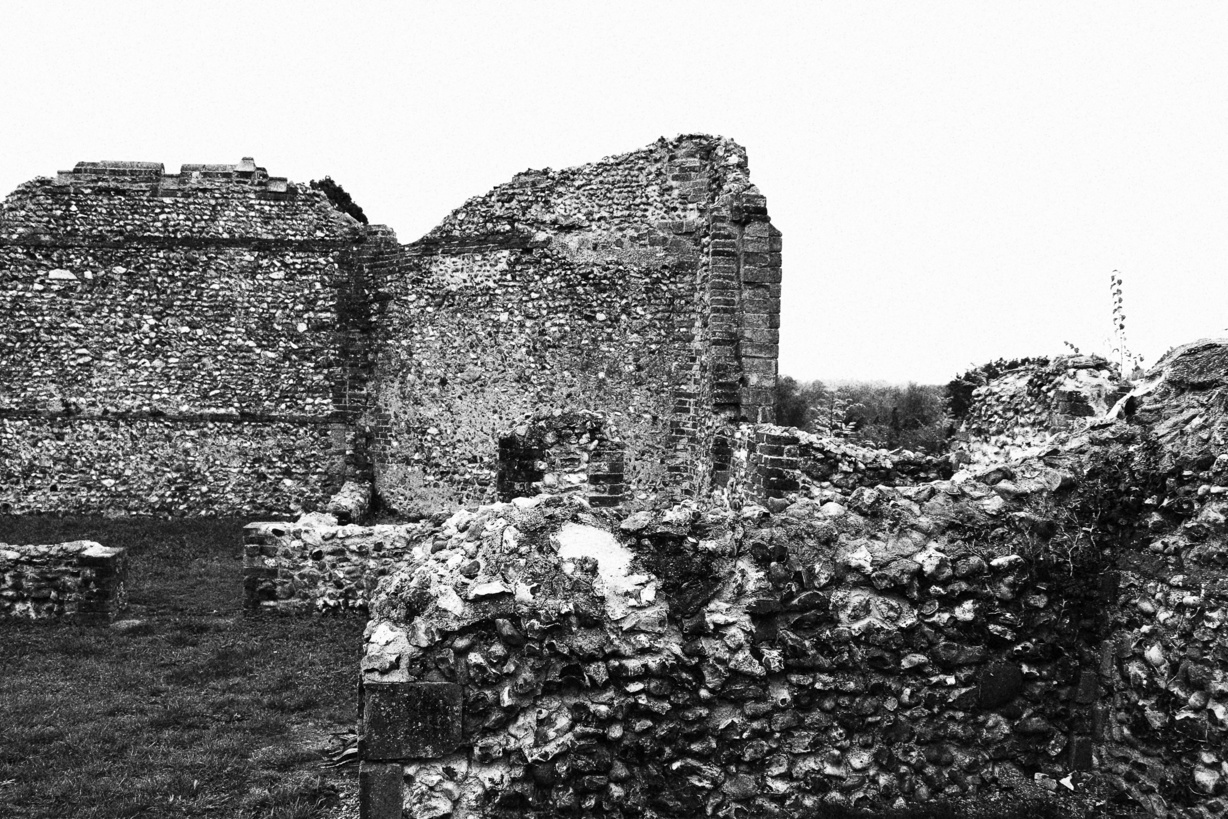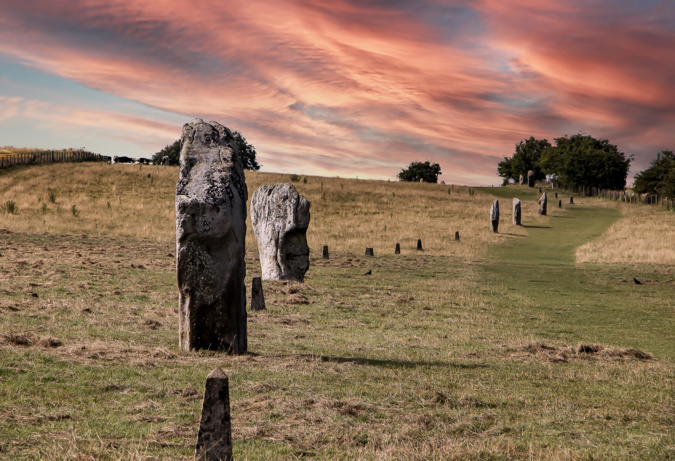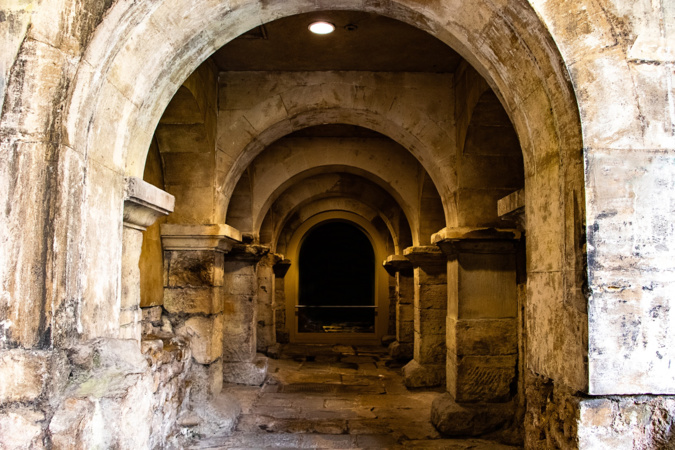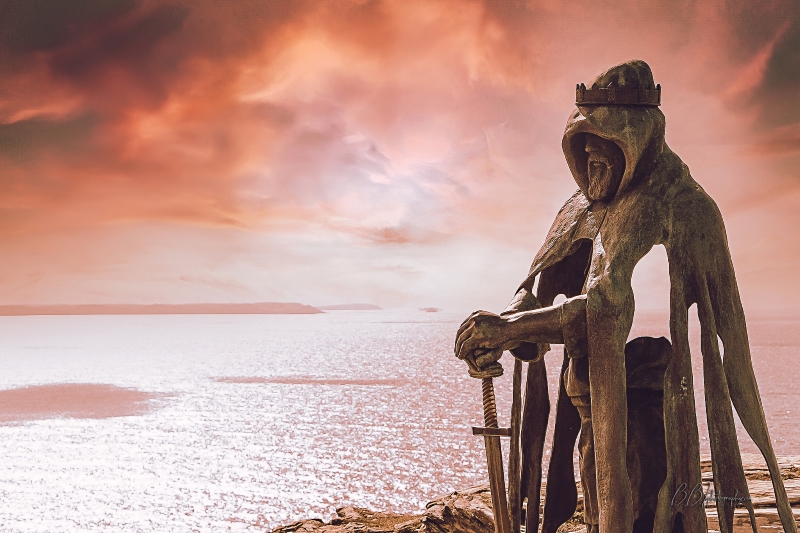Grime’s Graves is a large Neolithic flint mining complex in Norfolk, England. It was worked between c. 2600 and c. 2300 BC, although production may have continued well into the Bronze and Iron Ages (and later) owing to the low cost of flint compared with...
Barnard Castle is a ruined medieval castle situated in the town of the same name in County Durham. A stone castle was built on the site of an earlier defended position from around 1095 to 1125 by Guy de Balliol. Between 1125 and 1185 his...
Letocetum is the ancient remains of a Roman settlement. It was an important military staging post and posting station near the junction of Watling Street, the Roman military road to North Wales, and Icknield (or Ryknild) Street (now the A38). The site is now within...
Devil’s Quoits Henge and Stone Circle – The site is believed to be from the Neolithic Period, between 4000 and 5000 years old, and is a Scheduled Ancient Monument. The henge is a major class II circle henge monument of the Late Neolithic date....
Goodrich Castle is a Norman medieval castle ruin north of the village of Goodrich in Herefordshire, England, controlling a key location between Monmouth and Ross-on-Wye. It was praised by William Wordsworth as the “noblest ruin in Herefordshire” and is considered by historian Adrian Pettifer to...
Eye Castle is a motte and bailey castle, built during the reign of William I by William Malet, who died fighting Hereward the Wake in 1071. The Malet family also controlled the surrounding Honour of Eye, a significant collection of estates centering on the castle,...
The original castle was built in the 11th century after the Norman invasion of England by William the Conqueror. Since the time of Henry I, it has been used by the reigning monarch and is the longest-occupied palace in Europe. The castle’s lavish early 19th-century...
West Kennet Stone Avenue (pictured) was an avenue of two parallel lines of stones that ran between the Neolithic sites of Avebury Ring and The Sanctuary. A second avenue, called Beckhampton Avenue led west from Avebury towards Beckhampton Long Barrow. Avebury Ring is a...
Powderham Castle is a fortified manor house situated within the parish and former manor of Powderham, within the former hundred of Exminster, Devon, about 6 miles south of the city of Exeter. At some time after 1390 the medieval core of the present structure...
Roman Baths (Bath) – The first shrine at the site of the hot springs was built by Celts, and was dedicated to the goddess Sulis, whom the Romans identified with Minerva. The name Sulis continued to be used after the Romans arrived in Britain,...
Tintagel Castle is a medieval fortification located on the peninsula of Tintagel Island adjacent to the village of Tintagel, North Cornwall. The site was possibly occupied in the Romano-British period, as an array of artefacts dating from this period have been found on the peninsula,...
Alnwick Castle is a castle and country house in Alnwick in the English county of Northumberland. It is the seat of The 12th Duke of Northumberland, built following the Norman conquest and renovated and remodeled a number of times. Alnwick Castle guards a road...




